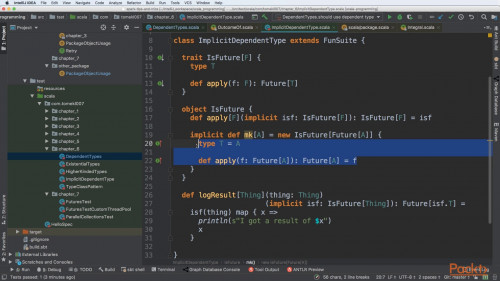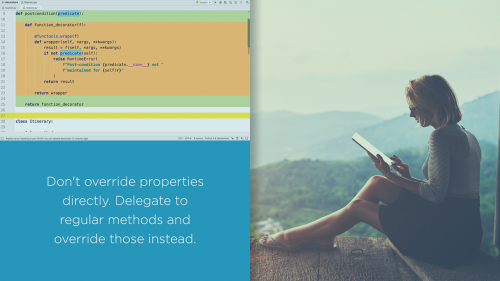
Skillshare – Python 3 Object Oriented Programming-SkilledHares
English | Size: 1.84 GB
Category: Tutorial
What is/when/and why should you use Object Oriented Programming?
What are classes?
What are objects?

Skillshare – Python 3 Object Oriented Programming-SkilledHares
English | Size: 1.84 GB
Category: Tutorial
What are classes?
What are objects?

Skillshare – Object Oriented Programming OOP in Python 3 with Examples-QUiD
English | Size: 927.14 MB
Category: Tutorial

Udemy – Python Object Oriented Programming (OOPS) Bootcamp
English | Size: 552.71 MB
Category: Tutorial

WintellectNOW – Object Oriented Programming in Scala-CONSORTiUM
English | Size: 224.25 MB
Category: Programming

PluralSight – Core Python Classes and Object orientation-BOOKWARE-KNiSO
English | Size: 394.86 MB
Category: Python